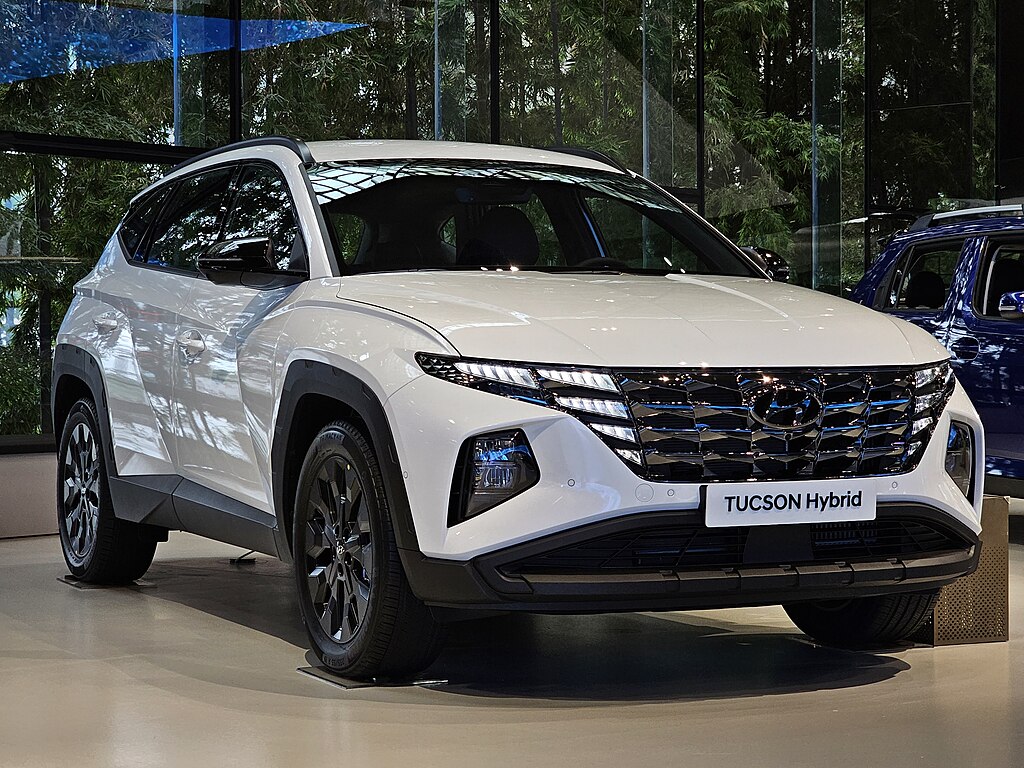2026 Hyundai Tucson: A Fresh Look, Smarter Power, and Timing That Counts
Autumn 2025 is shaping up to be a turning point for compact SUVs — and the 2026 Hyundai Tucson is right in the spotlight. With a refreshed design that blends athletic sharpness and urban polish, upgraded hybrid powertrains, and an interior that feels more refined than ever, Tucson aims to pull ahead of rivals by offering just the right balance of style, performance, and value. Whether navigating tight city streets or cruising back roads, this model is crafted for those who demand both form and function in their daily drive.

When You’ll See It on U.S. Lots
The 2026 Hyundai Tucson is expected to arrive at U.S. dealerships in the latter half of 2025, likely beginning with a summer or early fall rollout. This timeline follows Hyundai’s typical product cycle, with the current generation having debuted as a 2022 model. Industry analysts anticipate that Hyundai will first unveil the new Tucson at one of the major auto shows in early 2025, potentially at the New York Auto Show or Chicago Auto Show, before beginning production several months later.
The rollout strategy will likely mimic previous launches, with higher trim levels arriving first, followed by base models and any specialized variants like N Line or potential PHEV options. Initial inventory may be limited as production ramps up at Hyundai’s manufacturing facilities, with full availability expected by late 2025. Prospective buyers interested in being among the first to own the redesigned model should connect with dealers approximately three to four months before the anticipated release for pre-order opportunities.
What’s New Under the Hood & On the Outside
The 2026 Tucson will showcase Hyundai’s latest design language, building upon but evolving from the current model’s parametric styling. Exterior changes appear to include a more sculpted front fascia with a revised interpretation of Hyundai’s signature lighting elements. The daytime running lights will likely be integrated more seamlessly into the grille structure, while the main headlight assemblies could adopt a slimmer, more technical appearance. Body lines appear sharper and more defined, creating a more assertive presence without radical departures from the current model’s recognizable profile.
Under the hood, the powertrain lineup is expected to undergo significant updates focused on improved efficiency. The standard offering will likely remain a four-cylinder engine, though with potential displacement and output changes from the current 2.5-liter unit. The hybrid and plug-in hybrid variants should continue but with improved electric range and efficiency. Industry speculation suggests Hyundai may introduce a new electric motor system with greater power density and a more advanced battery thermal management system for enhanced performance across various climate conditions.
The most significant mechanical changes may come in the form of a new platform architecture that improves structural rigidity while reducing overall weight—an engineering direction that aligns with Hyundai’s broader sustainability goals. This platform could incorporate more aluminum and high-strength steel components to achieve these objectives without compromising safety or driving dynamics.
Pricing & Trim Highlights
The 2026 Hyundai Tucson is expected to see modest price increases across its trim lineup, reflecting both inflationary pressures and added technology. The entry-level SE trim will likely start around $29,000, representing a roughly $1,500 increase over current pricing. Mid-tier SEL models could land in the $31,000-$33,000 range, while the premium Limited trim may approach or exceed $38,000 before options.
The trim structure itself will likely maintain Hyundai’s established hierarchy but with potential additions. The current SE, SEL, N-Line, and Limited trims should carry forward, possibly joined by a new adventure-oriented variant to compete with similar offerings from competitors like Toyota and Subaru. Each trim will feature distinct exterior accents, wheel designs, and interior appointments to create clearer visual separation across the lineup.
| Trim Level | Estimated Starting Price | Key Features |
|---|---|---|
| SE | $29,000 | New 8-inch touchscreen, fabric seating, basic safety suite |
| SEL | $31,500 | Larger infotainment display, heated seats, added driver assistance |
| N-Line | $34,000 | Sport-tuned suspension, unique styling, 19-inch wheels |
| Limited | $38,000 | Premium audio, leather seating, panoramic sunroof, full tech package |
| XRT (New) | $33,000 | All-terrain tires, increased ground clearance, body cladding |
Prices, rates, or cost estimates mentioned in this article are based on the latest available information but may change over time. Independent research is advised before making financial decisions.
What Stays & What Might Disappoint
While the 2026 Tucson brings numerous updates, several elements from the current generation will remain largely unchanged. The overall dimensional footprint appears similar to the current model, suggesting that interior space and cargo capacity won’t see dramatic changes. This continuation makes sense given that the current Tucson already offers competitive passenger and cargo room within its segment. The basic interior layout, with its driver-focused cockpit design, will likely evolve rather than transform completely.
The infotainment system will maintain Hyundai’s current interface philosophy, though with expected updates to processing power and features. Some enthusiasts might be disappointed by the continued absence of a performance-focused full N variant (beyond the styling-focused N-Line), which some competitors like Volkswagen offer with their Tiguan R in other markets. Additionally, while hybrid technology will improve, Hyundai may not introduce a fully electric Tucson, instead directing EV shoppers toward its dedicated Ioniq lineup.
Another potential disappointment could be the continued use of touch-sensitive controls for certain functions rather than physical buttons and knobs that many drivers prefer for ease of use while driving. While Hyundai has shown willingness to listen to customer feedback in this area with other models, the industry trend toward minimalist interfaces may continue with the new Tucson, potentially frustrating those who prefer traditional controls.
Competitive Positioning and Market Impact
The 2026 Tucson enters a fiercely competitive compact SUV segment where nearly every manufacturer offers compelling options. Hyundai appears to be positioning the new Tucson to continue as a value leader, offering features and technology typically found in more expensive vehicles. The timing of this redesign is particularly strategic, as it arrives just as several key competitors will be midway through their own product cycles.
The new Tucson’s emphasis on electrified powertrains and progressive design should help it maintain relevance in a market increasingly focused on efficiency and distinctive styling. If Hyundai can deliver on the promised improvements while maintaining its reputation for reliability and value, the 2026 Tucson should continue as one of the brand’s cornerstone products and a significant player in the compact SUV segment for years to come.




